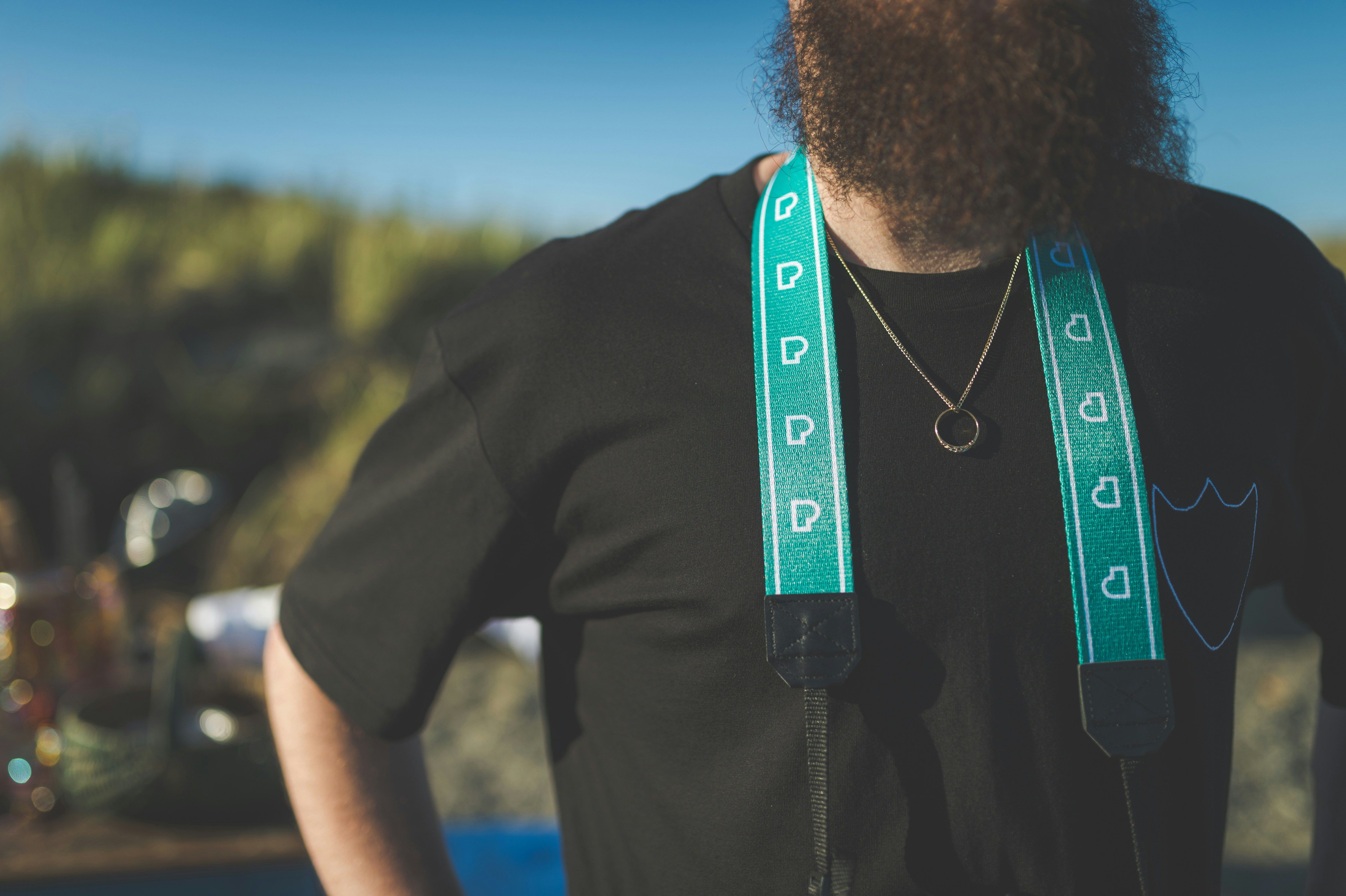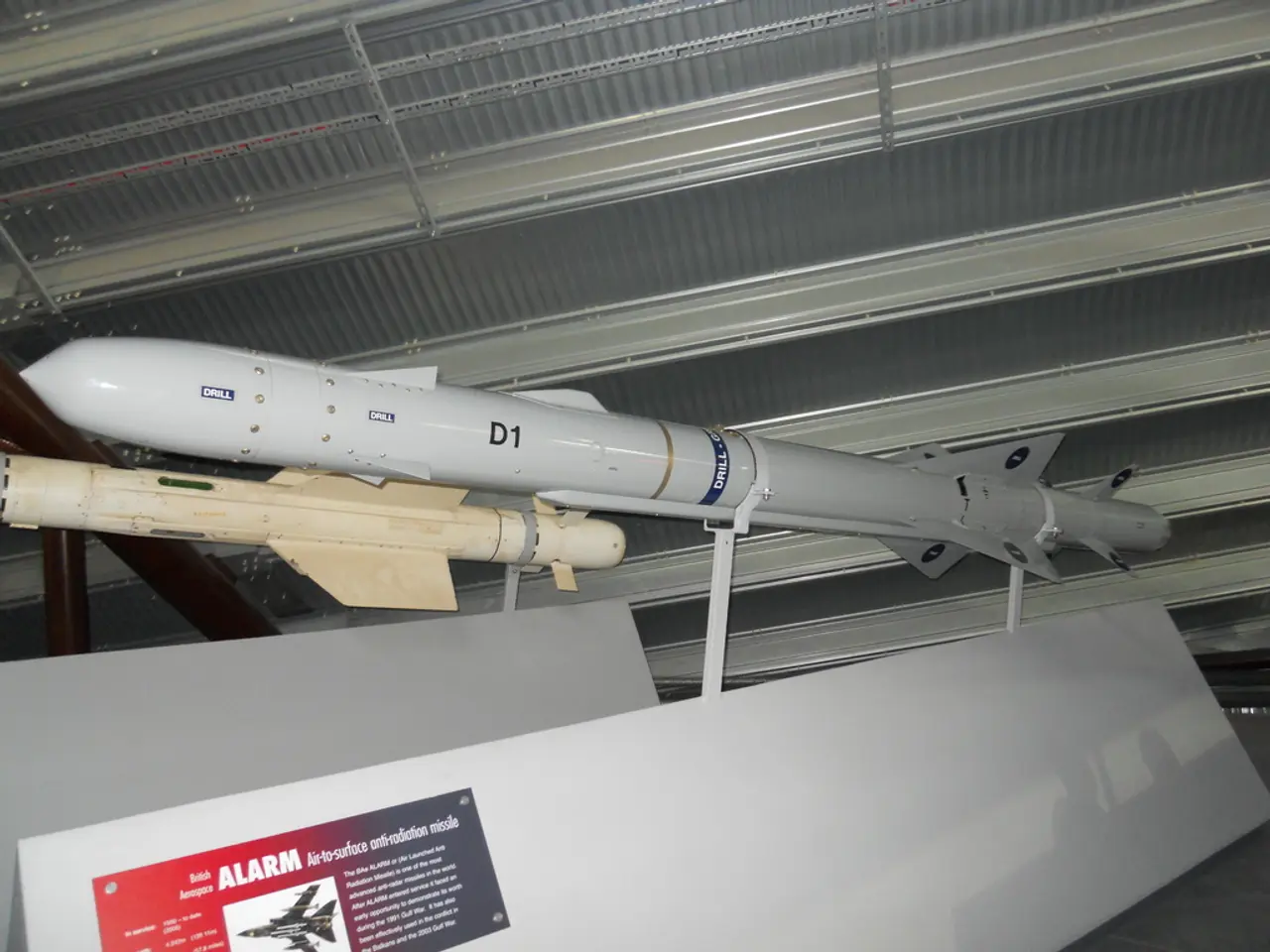Is the use of robots in surgeries indicative of the future of this field, or simply an expensive marketing tactic?
Tossin' it back to the future with those mechanical healers, huh? Robot surgeons, the stuff of sci-fi dreams since the 80s, are making leaves-your-arms-in-tact miracles happen IRL. First documented back in '85 with the PUMA 560, these metallic healers have come a long way from that chunky, gimmicky piece of 80s robotic tech. Fast forward to 2000 and the arrival of the da Vinci Surgery System, the Cadillac of robot-assisted surgery systems.
Initially, the da Vinci evolved from the simple arm of the PUMA into an all-singing, all-dancing, surgical instrument-and-camera-laden, 3D magnification screen-equipped powerhouse. With four slender, 1 cm wide limbs, the da Vinci replaced the giant, incision-wall leveraging hand-clunk of the PUMA, offering less contact time between the instruments and interior tissue and minimizing the risk of infection.
One of its standout features, known as "Endo-wrist," was designed to replicate the skilled movements of the surgeon. With ten updates under its belt since its FDA approval, the da Vinci has dominated the field of robot-assisted surgery since its big debut.
But can we truly trust these mechanical medicos? In recent years, research has questioned the evidence backing robot-assisted surgery. In 2014, medical experts were more divided than ever on the benefits of these mechanical healers.
High-profile studies from the Memorial Sloan-Kettering Cancer Center found no difference in terms of complication rates or length of hospital stay between traditional open surgery and robotic surgery for bladder cancer. Intuitive Surgical, the da Vinci's manufacturer, called this research misleading, claiming that the study was comparing open surgical complications to open surgical complications with a robotic dissection, rather than the robotic and open procedures themselves. They argued that the researchers stopped the trial early due to the expected superiority of the da Vinci, and that the findings couldn't be generalized.

But other research has come to different conclusions. Studies in gastric surgery found no appreciable differences in complication rates, post-operative symptoms, quality of life or functional assessments between conventional minimally invasive anti-reflux surgery and robot-assisted anti-reflux surgery. Although older studies may have been favorable toward the robots, recent studies, with the exception of certain surveys, have been finding few advantages to the robotic system.
So, where does that leave us? With the da Vinci's weightier price tag and rising costs, critics like Dr. Robert Pearl have questioned the justification for robot-assisted surgery, as the only apparent difference between the traditional methods and the robotic ones seems to be the cost. With robotic bladder removal procedures potentially costing an average of $16,250 more than the average cost for open surgery, it's hard to ignore the financial implications.
But the future of robot-assisted surgery is far from over. In the lab, researchers are exploring new horizons like microsurgery, surgery outside the abdomen, and natural orifice surgery, utilizing robotics for increased precision, lower trauma access, and improved navigation and imaging integration. With innovations like MIT's "squishy bots" on the horizon, it's clear that robotics will continue to advance in the world of medicine, shaping the future of surgical procedures. So buckle up, folks. The robotic revolution is just getting started.
- Despite the da Vinci Surgery System dominating the field of robot-assisted surgery, the evidence backing its benefits has been questioned, with some studies showing no significant differences in complication rates or hospital stays when compared to traditional open surgery.
- Critics argue that the high price tag of the da Vinci system and its rising costs do not justify its use, especially considering that the robotic procedures can be much more expensive than traditional methods.
- In the face of these concerns, advancements in medical technology continue to drive research in new areas for robot-assisted surgery, such as microsurgery, surgery outside the abdomen, and natural orifice surgery.
- Recent innovations in robotics, like MIT's "squishy bots", hint at a future where robot-assisted surgery will further advance, offering increased precision, lower trauma access, and improved navigation and imaging integration.
- As robot-assisted surgery enters new frontiers, it's important to consider the costs associated with these procedures and the potential benefits they bring, ultimately shaping the future of various surgical procedures and the realm of health-and-wellness.





